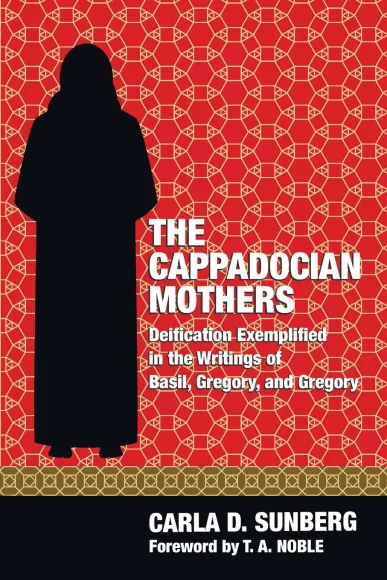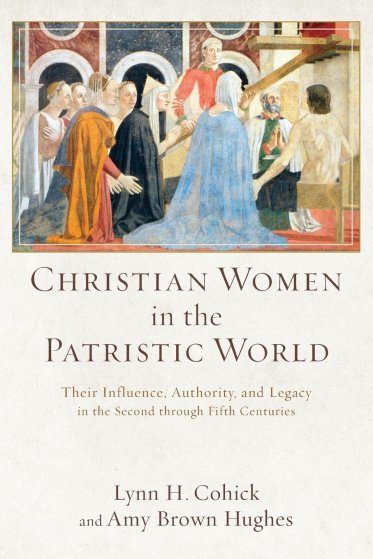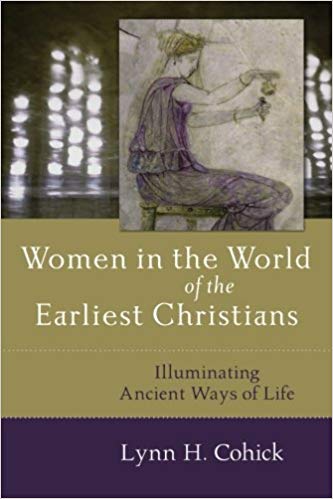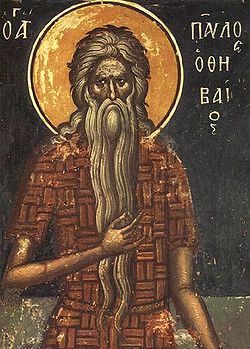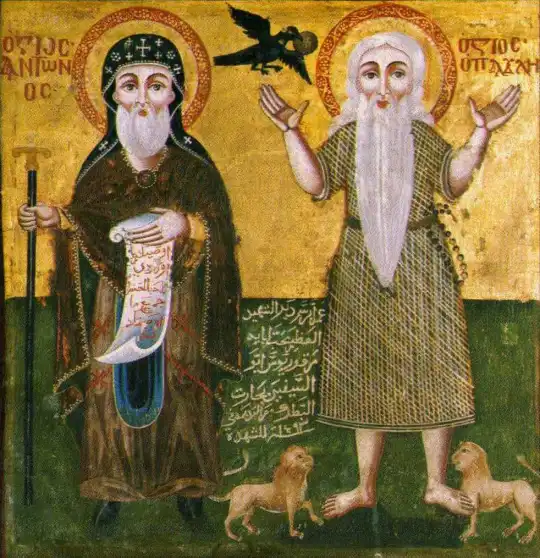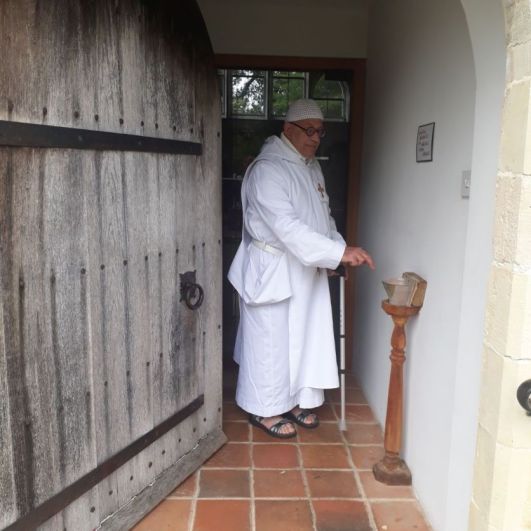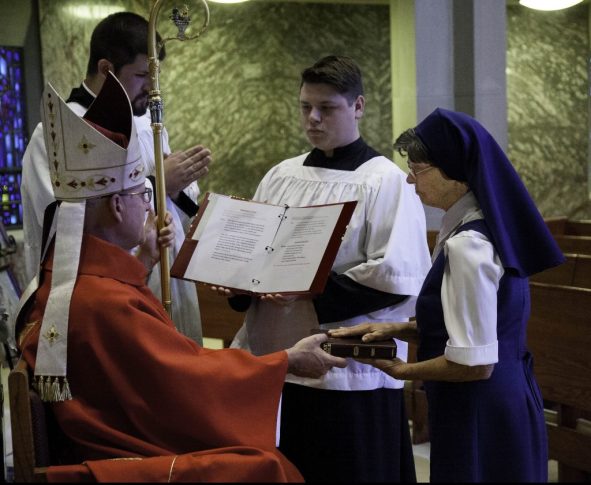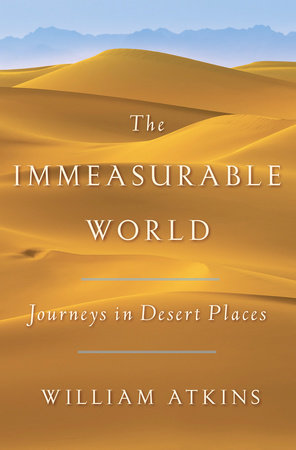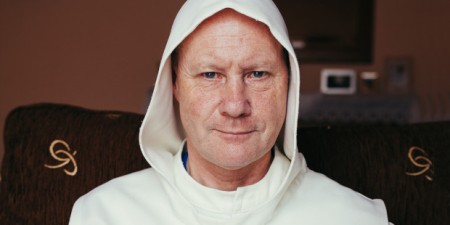Anba Epiphanius the Neo-Hieromartyr (June 27, 1954 -July 29, 2018), Bishop and Abbot of the Monastery of St. Macarius the Great in Scetis, Egypt
“Anba Epiphanius was born on June 27, 1954, in Tanta, Egypt. He received a baccalaureate in medicine and surgery from the University of Tanta in 1978, having specialized in otorhinolaryngology. On February 17, 1984, Anba Epiphanius entered the Monastery of St. Macarius the Great, whose Spiritual Father was Hegoumen Mattá al-Miskīn (Matthew the Poor: 1919-2006), himself an affluent, well-educated pharmacist who imitated St. Anthony the Great, selling his possessions in response to the Lord’s call, “If you want to be perfect, go, sell what you have, give it to the poor, and you will have a treasure in heaven. Then come, and follow me!” (Mt 19:21). Anba Epiphanius received his monastic tonsure on April 21, 1984, and was ordained to the priesthood on October 17, 2002.

At the Monastery of St. Macarius, Fr. Mattá al-Miskīn had arranged for several specialists to come and educate the community in different subjects, particularly classical and foreign languages (e.g., Coptic, Greek, Hebrew, French, and English), in the hope that this would help the monks to return to the primary scriptural and patristic sources for their own benefit and the edification of the Church at large. This, in addition to overseeing the monastery’s library and archive, was integral to the Monk Epiphanius’ monastic formation. He transcribed the Ascetical Homilies of St. Isaac the Syrian. He studiously published fourfold (Greek LXX, Hebrew, Coptic LXX, and his translation into Arabic) critical editions of Genesis and Exodus, and translations into Arabic of the Coptic anaphoras of SS. Basil the Great and Gregory Nazianzen from the Greek original, and Paradise of the Desert Fathers (Gerontikon). Fr. Epiphanius would excel in producing unique research papers on various topics pertaining to Coptology, liturgics, and monasticism, to the point that he would receive invitations to speak at academic conferences in Egypt and abroad.
Shortly after the ascension of the new Coptic prelate, His Holiness Pope Tawadros II, to the patriarchal throne, and years after the repose of Fr. Mattá al-Miskīn, the monastery’s synaxis requested from the hierarch that they elect an abbot. The monks elected the pious and erudite Monk Epiphanius to be their new father by majority. On March 10, 2013—after years of a strained relationship between the former patriarch, His Holiness Pope Shenouda III of blessed memory (1923-2012), and the monastery—Pope Tawadros ordained Fr. Epiphanius as the new bishop and abbot, making him the first bishop in decades to be ordained from among the monks at St. Macarius.
The episcopal ordination of Anba Epiphanius was perceived as a healing in the supposed rift between the Church’s hierarchy and the spiritual children of Fr. Mattá al-Miskīn. The new bishop was regarded as a so-called reformer, who would continue in the ressourcement (return to the sources) movement that was started by Fr. Mattá al-Miskīn. Tapping into Anba Epiphanius’ reputable monastic stillness and ecumenical ardor, Pope Tawadros asked the new bishop to accompany him on his first visit to the Vatican on May 10, 2013, and to Greece on December 8, 2016, in addition to representing the Coptic Church in events and dialogues with other Christian bodies…
As a bishop, Anba Epiphanius was invited to lecture and homilize on a variety of topics. Much like what other saintly monastic bishops had done before, such as SS. Ignatius Brianchaninov (1807-1867) and Theophan the Recluse (1815-1894), Anba Epiphanius continued to labor in translating and overseeing translations of patristic texts, and producing theological and spiritual tracts for the benefit of his own monastic and wider Church communities. Unfortunately, as was the case with the Roman Catholic theologians who were at the forefront of the nouvelle théologie movement, Anba Epiphanius was pejoratively labelled by the scholastic loyalists as a “modernist” at best, and, at worst, as a “heretic.”
On Sunday, July 29, 2018, on his way to the katholikon of the monastery to attend the Midnight Office with his fellow monks, Anba Epiphanius was murdered by an unidentified assailant. Two days later, amidst much sorrow and confusion, Pope Tawadros, alongside other bishops and the monastery’s synaxis, presided at the katholikon over the abbot’s funeral. The identity and motive of the murderer are unknown as of yet, despite the speculations of many. One thing that can be said for sure is that this man of God—who supposedly foretold the time of his departure, and commissioned his headstone to be brought over to the monastery in time for his burial—left quite a lasting, bright legacy.
It has been written and said about Fr. Mattá al-Miskīn that he “is by far the most discussed and most influential theologian in Arabic-speaking Christianity today,” due to the radical reform that he advocated, which comprises a return to the sources with a fresh reading that is in harmony with the new orientation that was taking place in the broader Orthodox Church (Samuel Rubenson, “Matta El-Meskeen,” in Key Theological Thinkers: From Modern to Postmodern [2013]: 415-426). Fr. Mattá’s reform, however, went beyond merely furnishing the Church with countless books and resources (he authored over one hundred books, and many articles, covering a broad spectrum of topics). He instilled in his spiritual children a duty to labor with their God-given talents, so that they may give of their abundance to all around them.
As a spiritual child of Fr. Mattá al-Miskīn, Anba Epiphanius was found to be an heir of his father’s legacy. For this reason, he was invited to lecture on diverse theological topics. In an irenic manner, he would speak on a number of topics that were inspired by the Holy Fathers, which ran contrary to the prevalent scholastic theology that had held the Coptic Church in its own “Babylonian captivity.” He would discuss openly such topics as Orthodox anthropology, and the doctrine of theosis (for which Fr. Mattá was harshly criticized, and which ran contrary to the prevailing doctrine of the atonement that strongly emphasizes the fall, guilt, forgiveness, and grace).
Fr. Mattá al-Miskīn was severely accused of altering the biblical text, solely for applying modern historical-critical exegesis combined with traditional Alexandrian hermeneutics in his scriptural commentaries. In an indirect response to these accusations, and with a desire to provide a reliable, critical translation, Anba Epiphanius worked on translating into Arabic from the Greek and Coptic Septuagint the first couple of books from the Pentateuch, using the linguistic education that he had received in the monastery during his novitiate and onward.
Like his spiritual father, who had published voluminous studies on the rites and theology of the Eucharist and other liturgical services, Anba Epiphanius authored several papers and lectured on the history, development, and theology of different feasts and offices, in addition to translating the texts of the Church’s anaphoras from their original languages, while calling for a revival of a liturgical consciousness.
There’s more that can be written about his advocacy for the importance of theological education, especially for clergy and monastics, his role as a spiritual father and monastic reformer, and much else. Suffice it to say that many looked to him as a symbol of long-desired change, which had been suppressed over the years for many reasons, including being immersed in an antagonistic Islamic milieu. Nevertheless, this shepherd, though now dead, yet still speaks (Heb 11:4), and his witness will remain for generations to come.”
From: https://orthodoxyindialogue.com/2018/08/01/anba-epiphanius-the-neo-hieromartyr-by-ramez-rizkalla/
Anba Epiphanius the Neo-Hieromartyr: Memory Eternal! Memory Eternal! Memory Eternal!

For Fr. Mattá al-Miskīn, see:
https://citydesert.wordpress.com/2014/06/13/matta-el-meskeen-matthew-the-poor/
https://citydesert.wordpress.com/2014/04/29/matta-el-maskeen-the-desert/
https://citydesert.wordpress.com/2014/10/02/a-hermit-community-in-the-desert/
